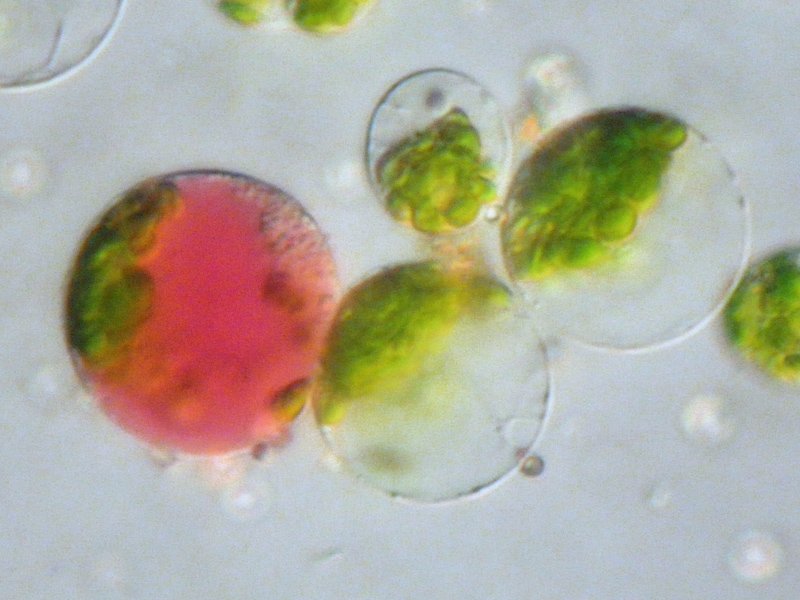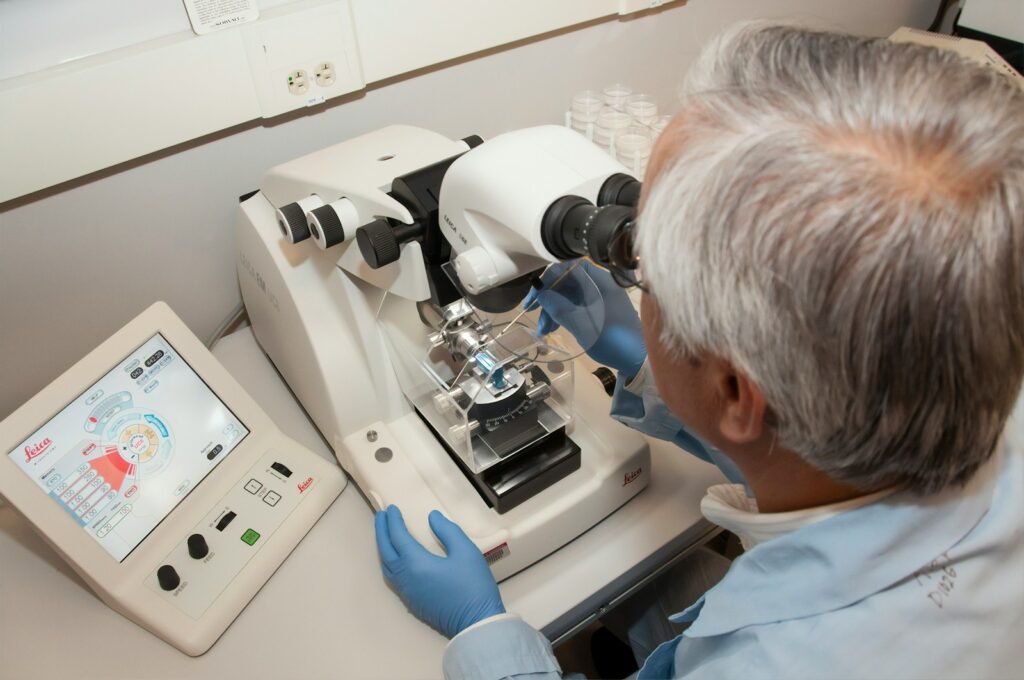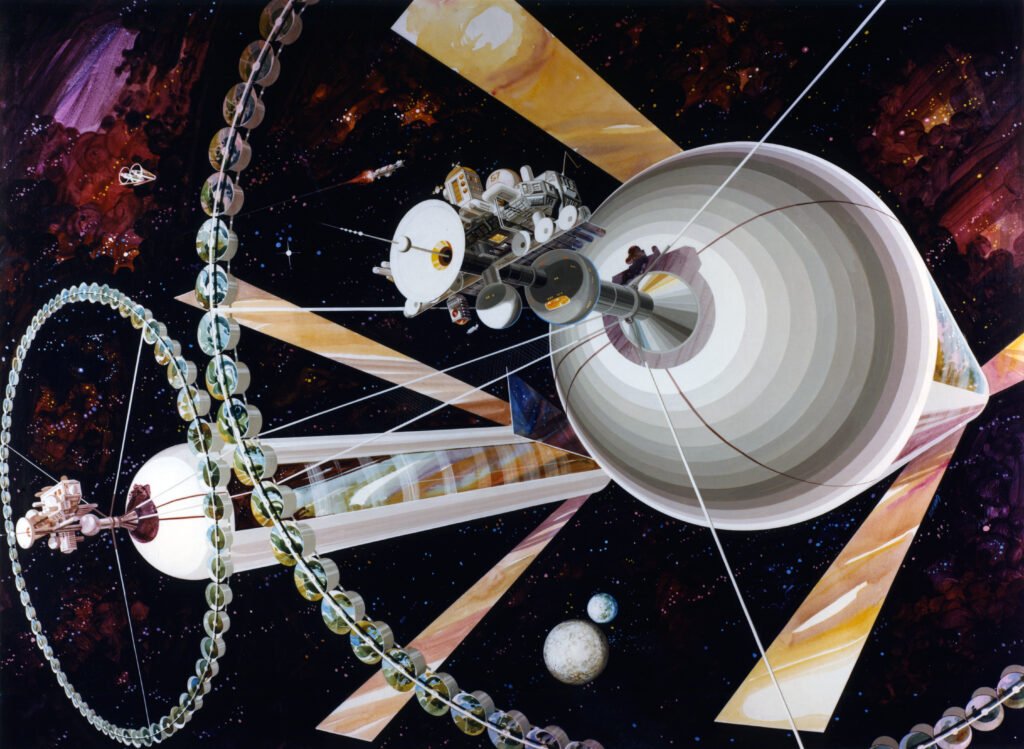Imagine waking up one day to discover that your body is not wholly yours. Within you, there is another set of DNA, a silent twin that has lived alongside you unnoticed. This isn’t a scene from a science fiction novel; it’s the strange reality for some individuals known as human chimeras. This fascinating phenomenon may sound like a myth, but science reveals it as an extraordinary truth. Let’s delve into the mysterious and complex world of human chimeras, exploring how they occur, their implications, and the awe-inspiring science behind them.
The Enigmatic Nature of Chimeras
Chimeras, in the biological sense, are organisms that contain cells from two different zygotes. In simpler terms, it’s like having two separate genetic blueprints within one body. The term “chimera” traces back to Greek mythology, where a chimera was a fire-breathing creature composed of parts from different animals. Similarly, human chimeras are a blend of distinct genetic codes. This can happen naturally, but the reasons behind it are as intriguing as the phenomenon itself.
How Human Chimeras Are Formed

Human chimeras typically arise from a fascinating prenatal event. When two embryos fuse in the womb, they can merge into a single organism. This means that one person can inherit two genetic identities. Imagine two seeds planted in the same pot, growing into one intertwined plant. This merging is often undetected until an unusual event, like a medical test, reveals the presence of two distinct DNAs.
Natural Occurrences and Scientific Discoveries
Although rare, natural chimeras are more common than we might think. Some people live their entire lives unaware of their dual genetic makeup. Scientific advancements have made it possible to identify chimeras more accurately, uncovering cases where individuals have two blood types or differing genetic profiles in different tissues. Each discovery adds a new layer to our understanding of human biology and the diversity of life.
Medical Implications of Being a Chimera
The medical implications of being a chimera can be both subtle and profound. In some cases, it can lead to unexpected challenges, such as complications in organ transplants or issues with genetic testing. For instance, a chimera’s organs might contain different genetic material than their blood, complicating medical procedures. This anomaly forces the medical community to reconsider how they interpret genetic data and approach patient care.
Chimerism in Forensic Science
Chimerism also has intriguing implications in forensic science. Imagine a crime scene investigation where DNA evidence leads to two different genetic profiles, yet both belong to the same person. This dual identity can present significant challenges in legal cases, requiring forensic experts to adapt their methods and consider the possibility of chimerism. Such cases highlight the complexities of human identity and the limits of current forensic techniques.
Ethical Considerations and Identity
The existence of human chimeras raises intriguing ethical questions about identity and individuality. If one person contains multiple genetic identities, how does that affect their sense of self? Furthermore, what legal identity should be recognized? These questions challenge our conventional understanding of identity and prompt discussions about the essence of who we are as individuals.
Fascinating Cases of Human Chimeras
Real-life cases of human chimeras offer a glimpse into this bizarre world. One famous case involves a woman whose DNA tests revealed she was not the biological mother of her children, despite having given birth to them. Further investigation revealed that she was a chimera, with her reproductive organs carrying different DNA than her blood. Such stories captivate our imagination and challenge our understanding of biology and parenthood.
Chimera Research and Future Possibilities
Research into chimerism continues to evolve, offering exciting possibilities for medical science. Understanding how two genetic identities coexist could provide insights into treating genetic disorders or improving organ transplantation techniques. Scientists are delving deeper into this phenomenon, hoping to unlock the secrets of cellular integration and genetic harmony.
The Cultural and Mythological Influence of Chimeras

Chimeras have long captured the human imagination, appearing in myths and legends across cultures. These mythical creatures symbolize the merging of different elements, much like their biological counterparts. Stories of chimeras remind us of the rich tapestry of human culture and the enduring fascination with creatures that defy categorization.
Conclusion: The Wonders and Mysteries of Human Chimeras
In exploring the world of human chimeras, we confront the incredible complexity and diversity of life. These enigmatic beings challenge our perceptions of identity, biology, and the boundaries of science. As we continue to learn more about chimeras, we uncover new questions about what it means to be human. The study of chimeras not only expands our scientific knowledge but also invites us to ponder the mysteries of existence and the intricate dance of life.




